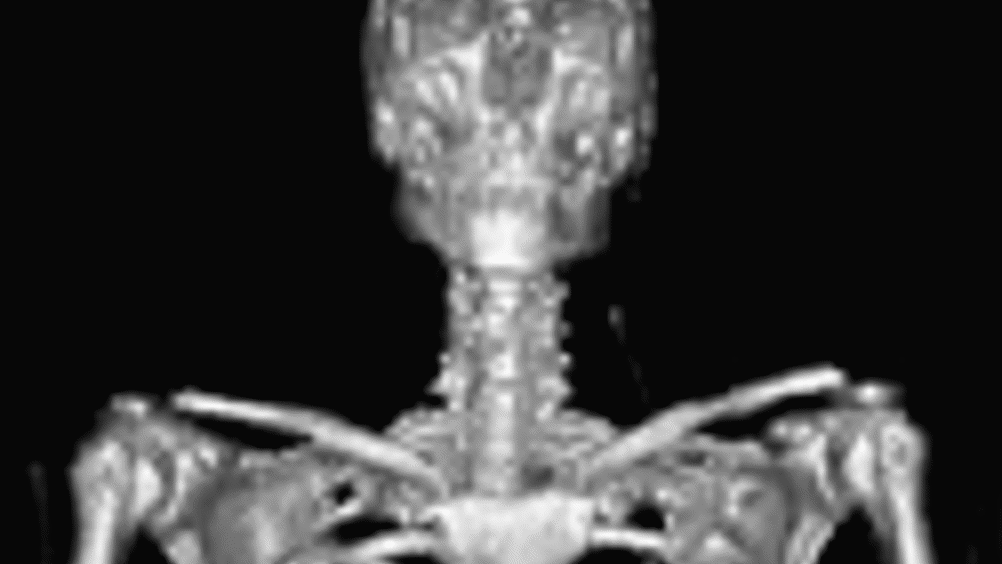Scanner examines ancient footprints

A British geoarchaeologist is revealing detailed information about the foot anatomy and gait of ancient human species using optical laser scanners.
Matthew Bennett, a professor of environmental and geographical sciences at Bournemouth University, demonstrated how optical laser scanners can be used to capture the morphology of ancient footprints to within a fraction of a millimetre.
He claims that his geoarchaeology team is the first to use the scanning technology on an excavation site. According to Bennett, the scanners are usually housed in controlled environments because their red lights can be easily bleached from sunlight.
His team designed a rig made of carbon fibre to control the light and dust that can affect the scanners’ performance.
Once a site is excavated to reveal footprints, the generator-powered device is systematically moved across the surface. Along the way, it scans the prints and produces points of the surface.
The prints are then taken back to a laboratory to post process the point clouds. Images of the footprints are then produced and analysed using software developed at Liverpool University.
Register now to continue reading
Thanks for visiting The Engineer. You’ve now reached your monthly limit of news stories. Register for free to unlock unlimited access to all of our news coverage, as well as premium content including opinion, in-depth features and special reports.
Benefits of registering
-
In-depth insights and coverage of key emerging trends
-
Unrestricted access to special reports throughout the year
-
Daily technology news delivered straight to your inbox










Water Sector Talent Exodus Could Cripple The Sector
Well let´s do a little experiment. My last (10.4.25) half-yearly water/waste water bill from Severn Trent was £98.29. How much does not-for-profit Dŵr...